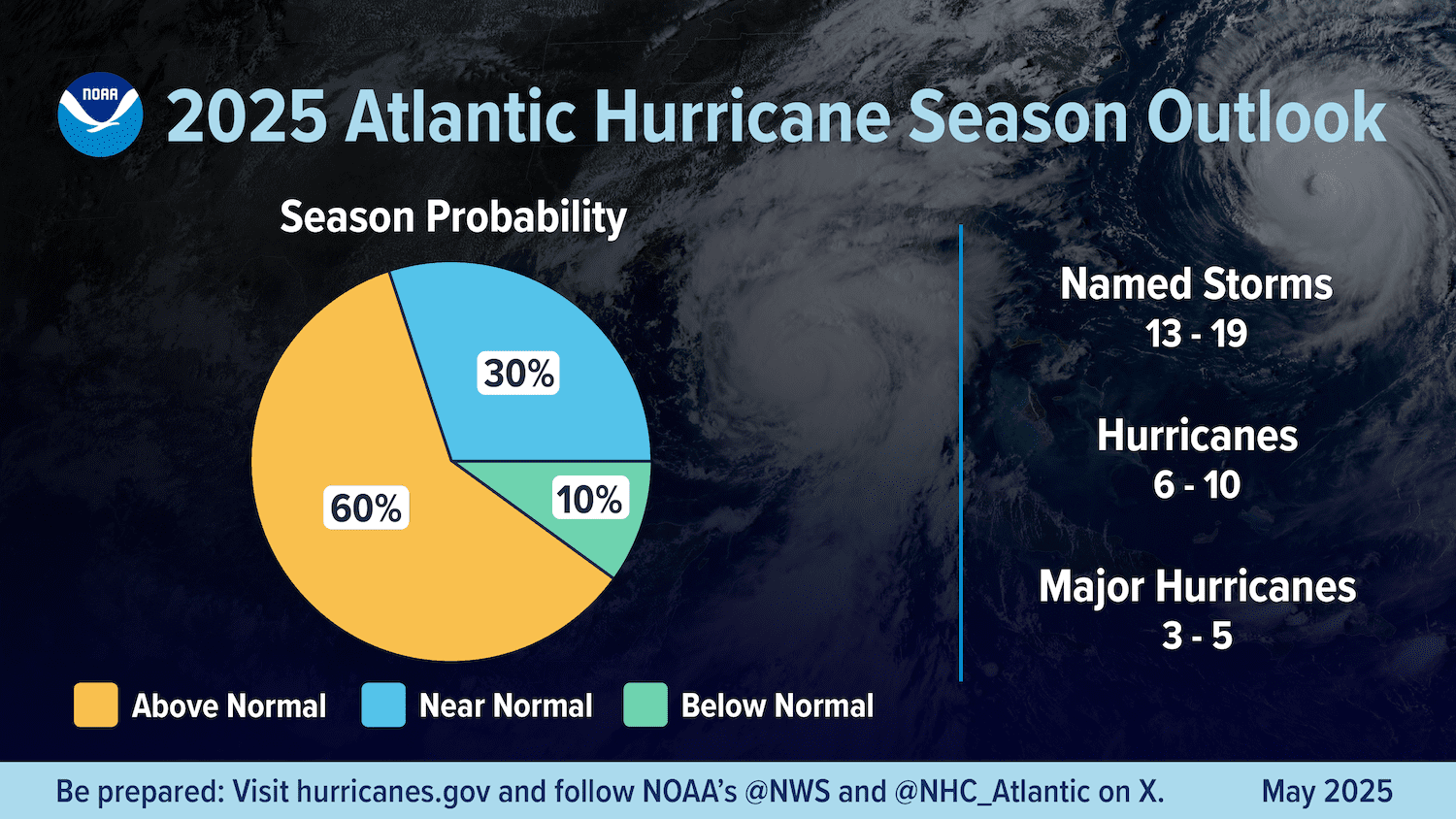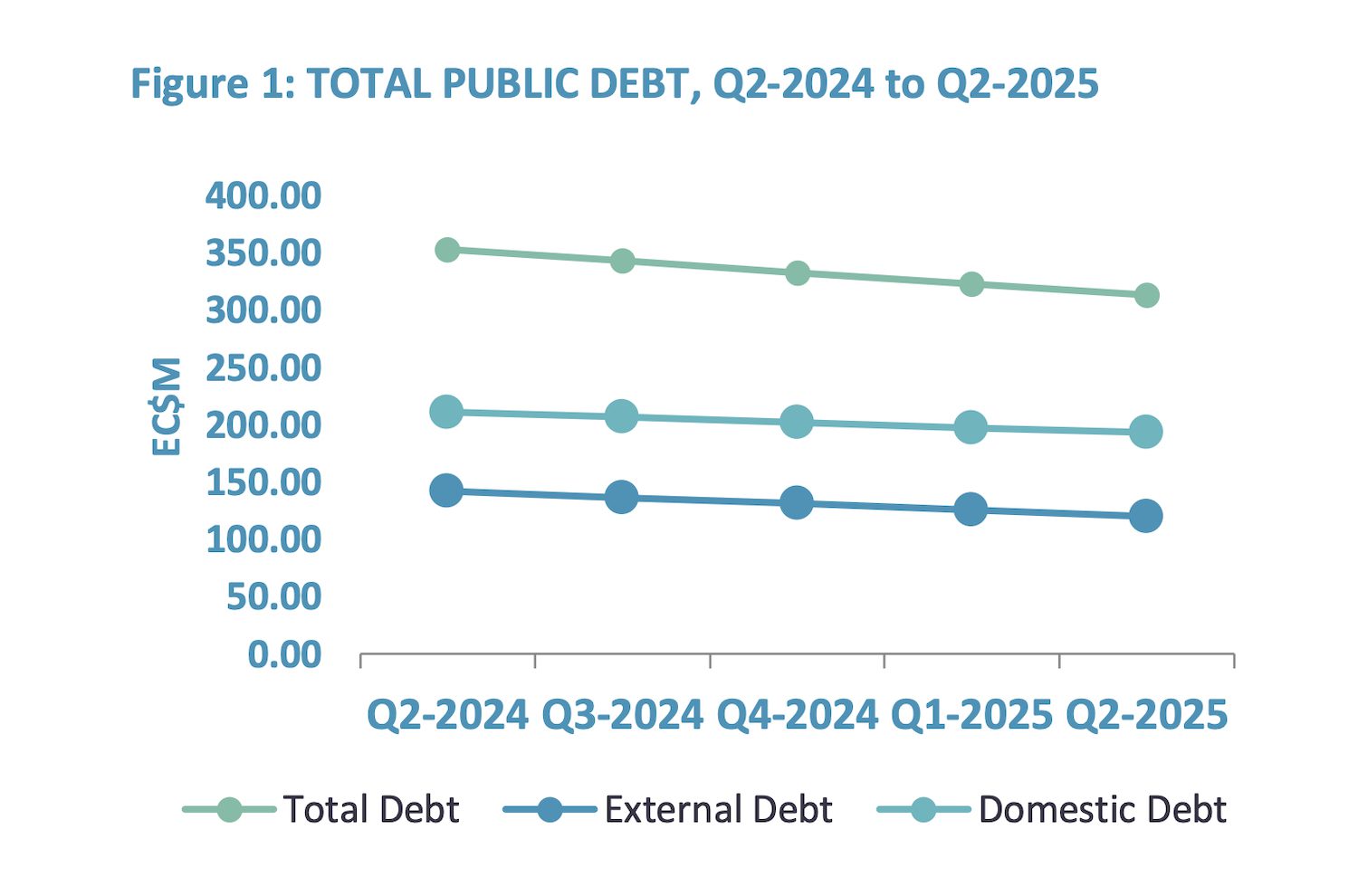As this year’s Atlantic hurricane season begins, weather experts are urging residents across the region to prepare for ‘above-normal’ activity over the next six months.
The National Oceanic and Atmospheric Administration (NOAA) has forecast increased storm risk due to raised ocean temperatures, a weak wind shear and possible higher monsoon activity in West Africa.
It is predicting between 13 and 19 named cyclones with winds of 39 miles per hour or higher, with six to 10 forecast to become hurricanes with winds of 74 mph or higher.
Of those, the agency is expecting three to five to be major hurricanes, of category three, four or five, with winds of 111 mph or higher.
NOAA’s National Weather Service director Ken Graham said: “In my 30 years at the National Weather Service, we’ve never had more advanced models and warning systems in place to monitor the weather.
“This outlook is a call to action: be prepared. Take proactive steps now to make a plan and gather supplies to ensure you’re ready before a storm threatens.”
In Anguilla
Locally, Anguilla’s Department of Disaster Management is urging residents to be prepared and stay connected with their neighbours and community.
“Collaborate on preparedness efforts, share resources and offer support to those who may need assistance. Together we are stronger,” it wrote in a Facebook post on 31 May.
Residents are encouraged to review their emergency plans – including provisions for pets, stock up on supplies, and secure their homes and businesses.
They should also identify the nearest shelter, know evacuation routes and ensure all devices are fully charged ahead of any storm.
Cash, cards, passports and phones should be kept safe, dry and easily accessible in case of a storm.
Meanwhile, emergency kits should include water, non-perishable food, medications, flashlights, batteries, a battery-powered radio and important documents.
Better analysis and forecasts
Atlantic hurricane season runs from 1 June to 30 November with the peak from late August to early October.
The NOAA has introduced several updates this year to improve its forecast communications, decision support and storm recovery efforts.
Its Hurricane Analysis and Forecast System is being upgraded, with a projected 5% improvement in storm tracking and intensity forecasts.

The National Hurricane Center can now issue tropical cyclone advisories up to 72 hours before storm impacts on land.
A new rip current risk map and expanded Spanish-language forecast products aim to improve public safety and accessibility.
NOAA has also introduced new radar and rainfall forecasting tools to help communities better prepare for inland flooding and severe weather.
Information on how to prepare for a hurricane is available from the US National Weather Service here.
Visit the US National Hurricane Center for the latest cyclone updates at nhc.noaa.gov





